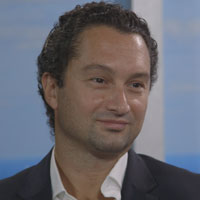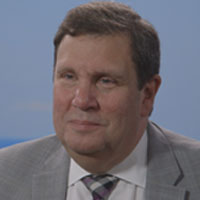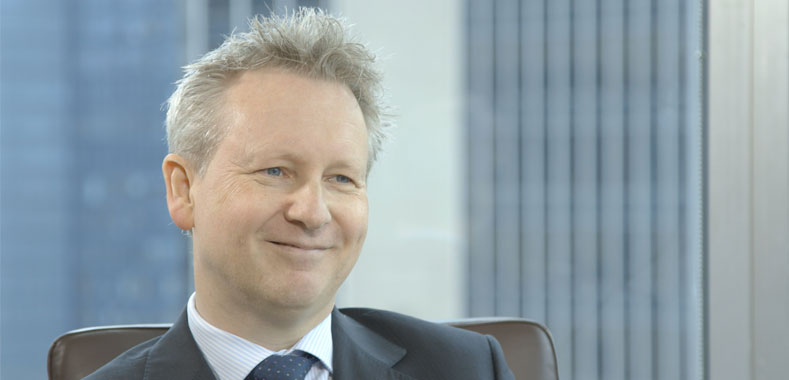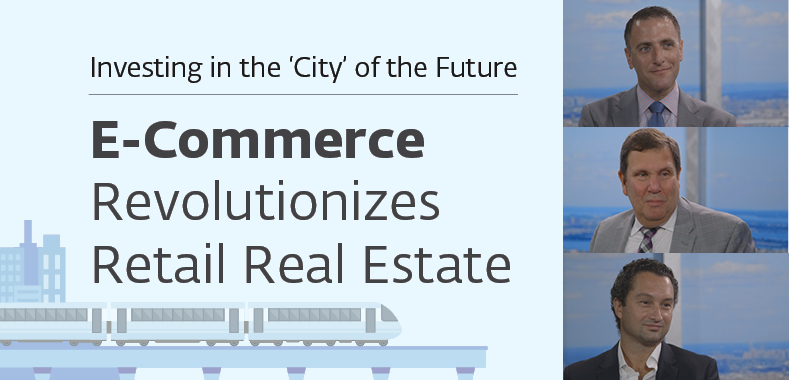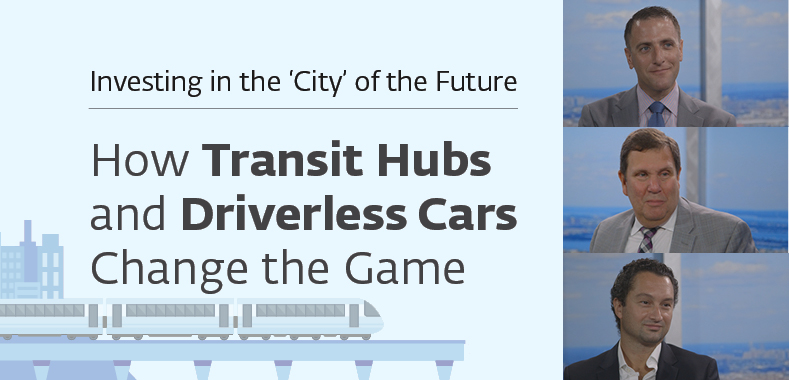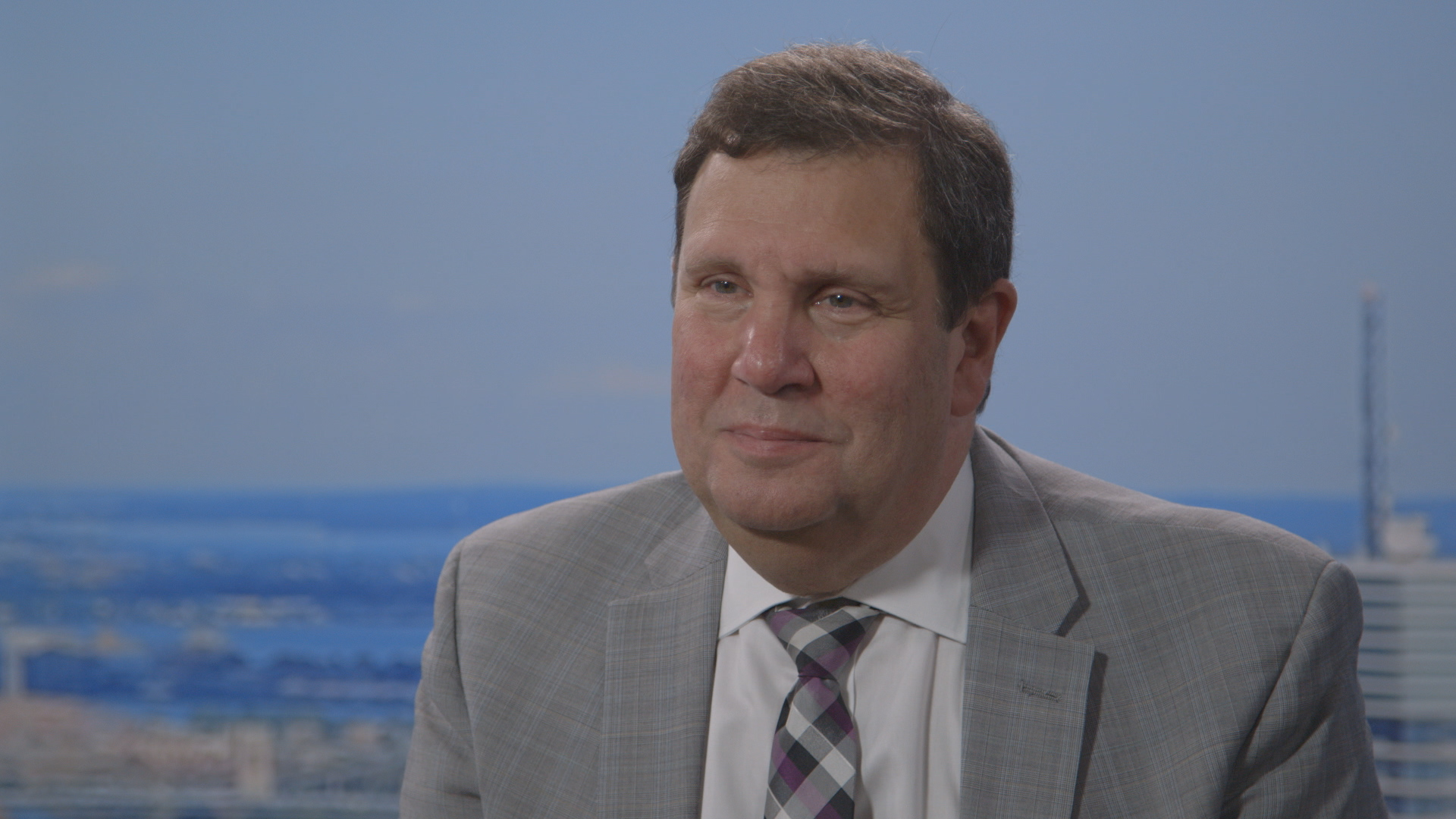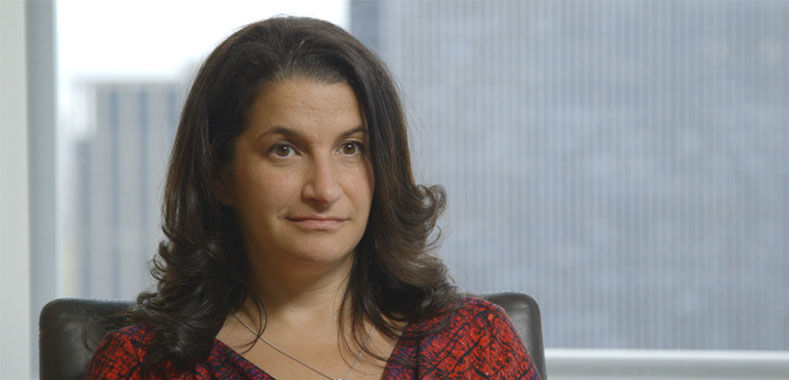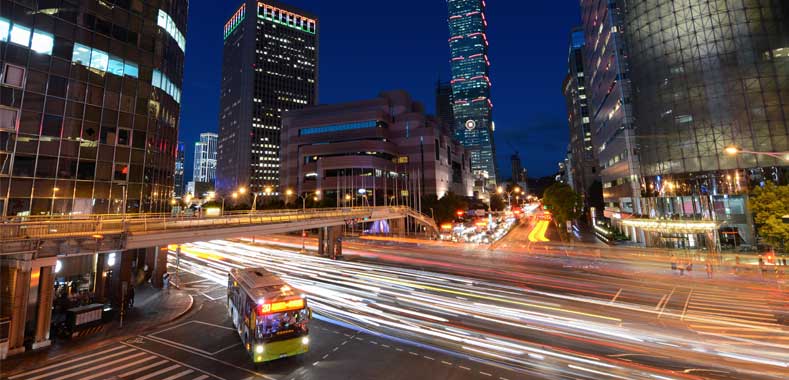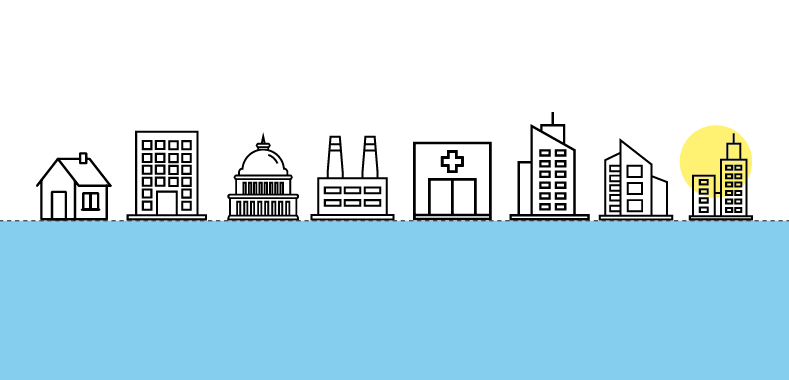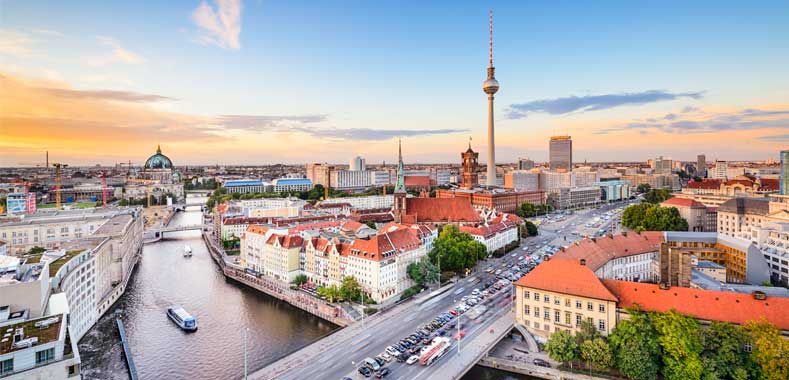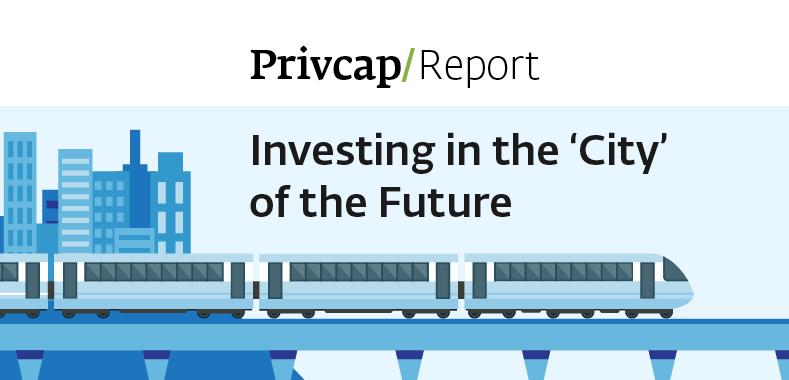Part Suburb, Part City: New Rochelle, NY
Transcript Download Transcript
Part Suburb, Part City: New Rochelle, NY
David Snow, Privcap:
Today, we’re joined by Matt Baron of Simon Baron Development, Seth Pinsky of RXR Realty, and Kenneth Weissenberg, of EisnerAmper. Gentlemen, welcome to Privcap. Thanks for being here.
Seth, let’s use one of your projects as a case study for investing in where we think cities are going in the future. You have a development in New Rochelle, which is north of New York City. Talk about that and why you’re investing there.
Seth Pinsky, RXR Realty:
Our thesis is that if you look at New York over that last decade or two, what’s been happening is that more and more people have been squeezing into the core markets. That’s been driving up costs. The supply fails to keep pace with demand, driving people farther out into what previously were peripheral neighborhoods. In the first generation of this, you saw it happening close in, and in places like Brooklyn and Queens, especially along the waterfront. Now, we’re seeing it move farther and farther out.
We believe one area that is ripe for this kind of change, which people have historically not paid as close attention to, are historic, suburban downtowns. We believe the reason these places are attractive is, one, because of transit accessibility to get from New Rochelle or Yonkers, another community where we have investments—it’s roughly 30 minutes in to Grand Central. So, it’s as accessible in many ways as outer-borough neighborhoods.
In addition to that, these areas have the diversity, the walkability and the character, architecturally and otherwise, that people are looking for in an urban environment. They are in fact, urban areas, they just happen to be in the suburbs. So, the work we’ve done in New Rochelle, which is indicative of the work we’re doing throughout the region, was to partner with the city of New Rochelle and to work as their master developer on putting together a development plan for the downtown.
What was really incredible to see in New Rochelle was that here you had a community that for many, many years, was quite resistant to development. But, like a lot of suburban communities, [they] realized that their traditional model was not working and that they needed to do something different to try to attract the workforce and the businesses of the future.
So, working with the city, in a matter of about 51 weeks, from the time we were designated as master developer, we were able to entitle 11 million square feet (actually, more than 11 million square feet) in the downtown. It’s a real downtown in a suburban community and I think it will be a model for other downtowns.
Kenneth Weissenberg, EisnerAmper:
New Rochelle is more of a city than it is a suburb. It’s got a real, live downtown. How close to the train station are these developments? And is walkability a major feature of the new development?
Pinsky: Absolutely. One of the things that was critical in getting public support for this is that the density is focused in the immediate area surrounding the train station and then fairly rapidly steps down as you get farther away and closer to more traditional suburban neighborhoods. So, the densest portion of the downtown is probably a two or three-block radius around the train station.
